7 home fixes you should NOT attempt yourself
We at Fixer encourage homeowners to DIY basic repairs. In fact we wrote a whole collection of How-To DIY Guides that cover everything from fixing a toilet to caulking windows. However there truly are some projects that are better left to the pros, as they say. Our Fixers share projects where it’s best to bring in an expert:
1. Advanced electrical work
Wiring a light switch or changing out a light fixture fall in the beginner to intermediate category of electrical work. If you’re a newbie, a good rule of thumb is to only work on electrical components that are outside of the wall. If you make a mistake, you don’t want it buried behind drywall. When in doubt though, it’s always best to call in a pro. Electrical work can get tricky especially if you’re dealing with older wiring which is found in a lot of Chicago homes.
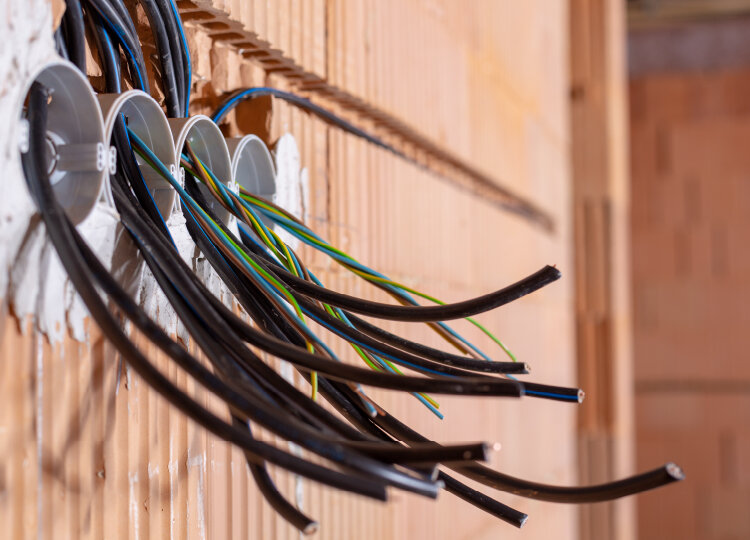
2. Anything inside the breaker box
If there’s an issue that goes beyond flipping a breaker (one of the switches) inside the box, don’t attempt to take the panel apart. There’s nothing to protect you from electrical shock. Safety is always most important so call in a pro if something isn’t right in your breaker box.
On the same note, never tape down a circuit breaker. If one of the breakers keeps popping, it means there’s a problem that needs to be fixed. If you hold a breaker down with tape, then the dangerous conditions will persist and could cause a major problem.
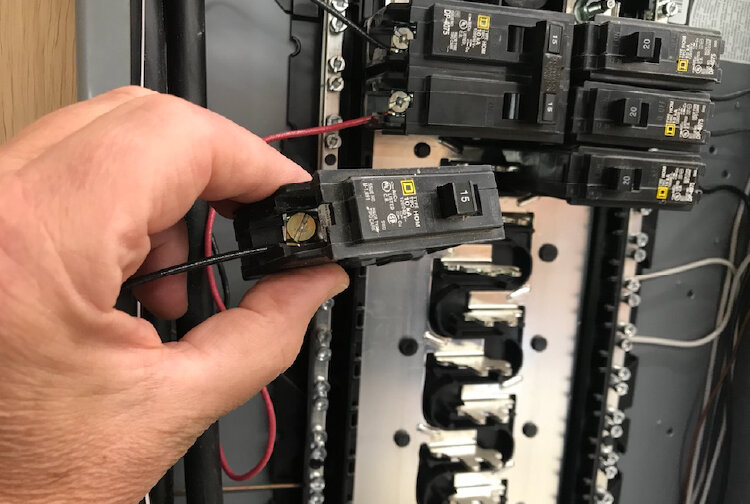
3. Anything related to garage door springs
Garage door springs can be deadly. Those springs are doing a lot of the heavy lifting and you don’t want to be in the way if one of them fails. If a spring needs replacing, it’s always best to let an experienced garage door technician handle the repair. Fixer doesn’t work with garage door springs, but we would be happy to refer you to a specialist.
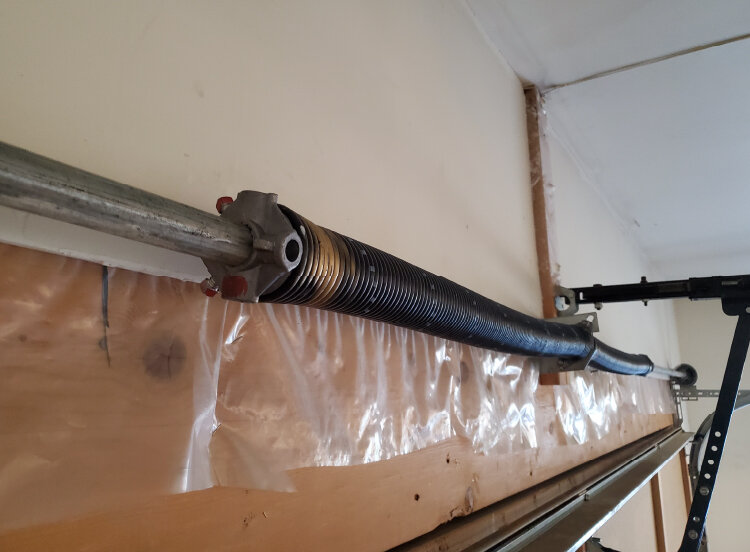
4. Replacing a shower valve
Every manufacturer makes their own shower fixtures and they’re largely incompatible with others. If you choose a new shower faucet that’s from a different manufacturer than your existing fixture, you’ll likely also have to replace the valve behind the wall. Replacing the valve is a more advanced project that usually involves cutting copper pipes and working in a tight space.
If you’re looking to update your shower faucet, we recommend finding one that’s compatible with your current shower valve if you can. This will save a lot of headache. To find the make and model of your current fixture: Check the center of the trim plate behind the shower handle to find a brand name or manufacturer symbol. If you see a “K,” the faucet is a Kohler unit; an “M” signifies Moen. American Standard, Delta and Price Pfister typically print their entire name on the faucet itself. Then, an online search should point you to similar compatible options.
If however you still have your heart set on a faucet from an incompatible manufacturer, you can book a Fixer to replace your faucet.
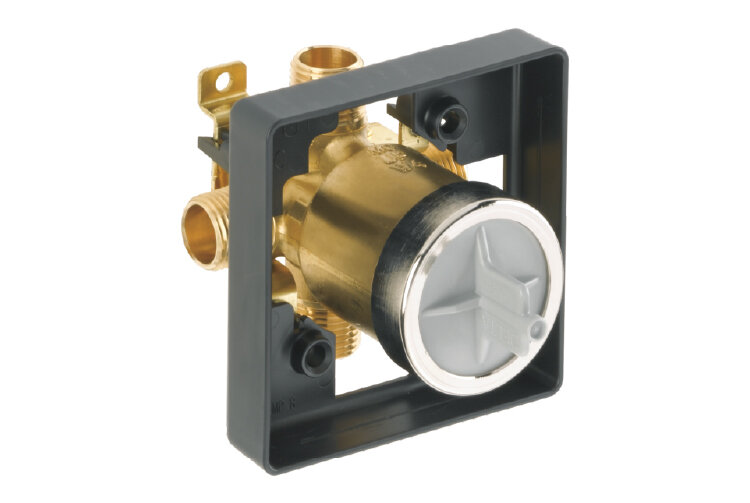
5. Masonry
Masonry is a specialized skill that is hard to get right and even harder to undo if you make a mistake. Laying bricks isn’t something that you can easily master by watching a YouTube video. It takes hands-on practice – and a lot of it. It takes about 40 to 50 hours of practicing brickwork on a sample wall before you can produce a good-looking and structurally sound wall. Unless that sounds like a fun undertaking, we recommend you hire a pro.
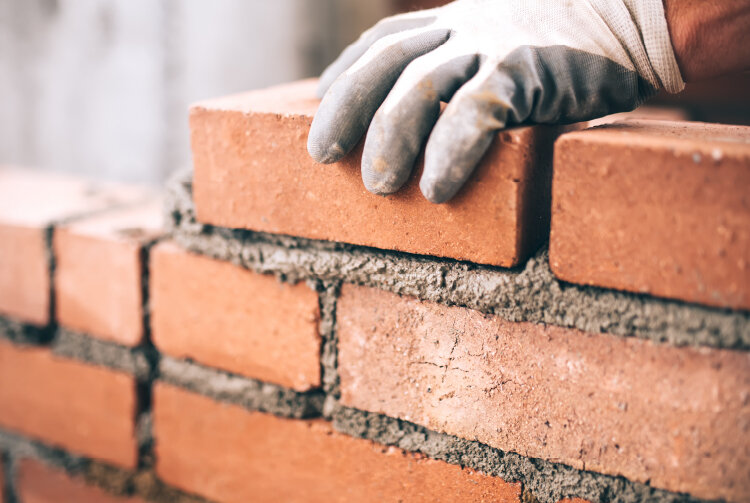
6. Roofing or anything involving tall ladders
If your roof needs repairing or replacing, it’s best to talk to a roofing professional before attempting to DIY. New roofing needs to be installed quickly so your roof is not exposed to the elements. This presents a big challenge if you’re a roofing newbie. Trying to rush through a first-time roofing project is dangerous and increases the likelihood of mistakes.
If you plan on doing roofing work, first learn how to safely use a ladder. Depending on the project, you’ll need to choose the right type – consider both height and load capacity. Ladder safety is an important thing! Did you know there are more than 164,000 ladder-related emergency room trips each year?

7. Tearing down walls
Not all demo work is DIYable even though it may appear that way on HGTV. If you’re looking to turn your home into an open concept, you have to make sure the walls you’re taking down aren’t load bearing. And you certainly don’t want to hit any plumbing or electrical behind the walls. In an older home, you should also be very careful with drywall and insulation as it could contain asbestos (when it doubt, get it tested).
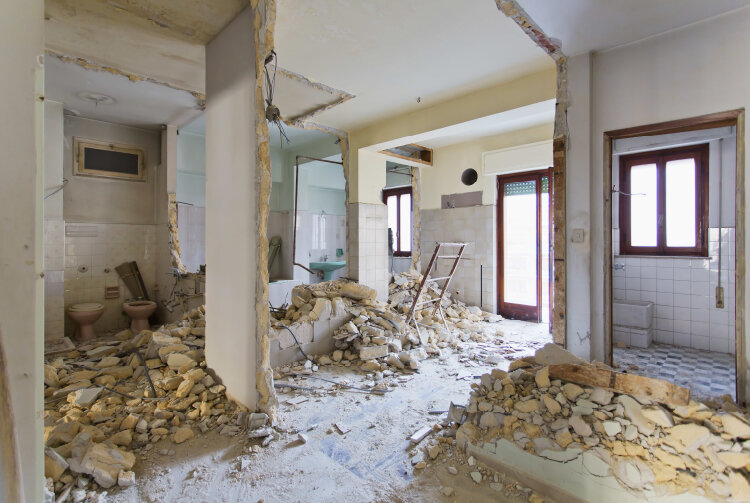
If you’re ever unsure of whether you should DIY or call in a pro, book a video call with Fixer and we can go over the best course of action for your project. And in case you missed the inverse to this blog, check out 10 home fixes you can attempt yourself (or with help from a video consult).
